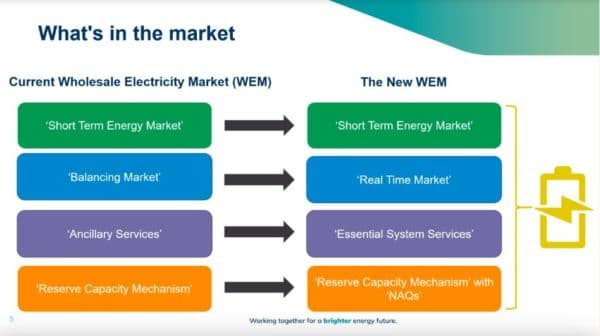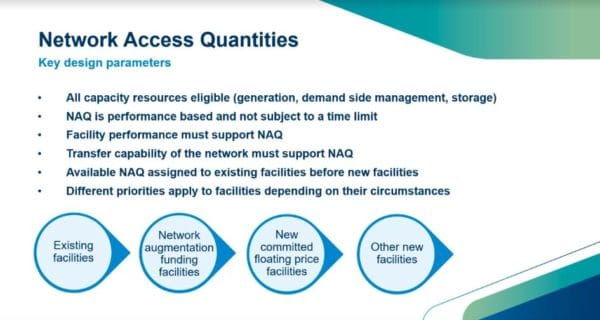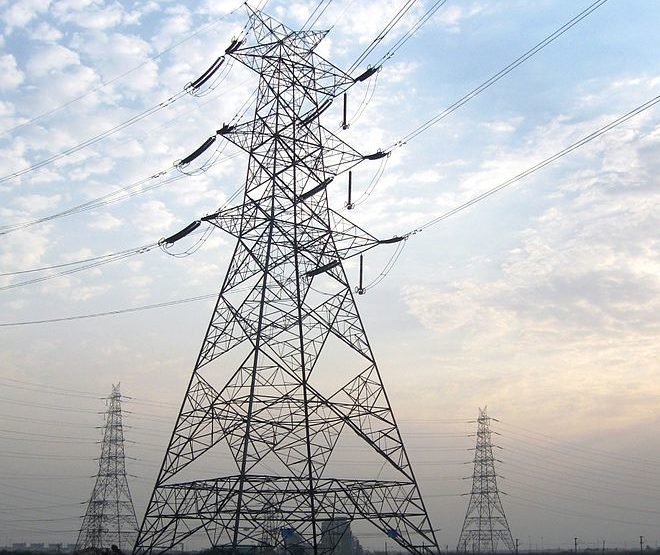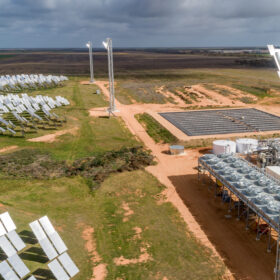The West Australian Government’s Energy Transformation Taskforce has detailed plans to maximise the benefits of renewable energy and enhance the security and reliability of the state’s power system, and improve the operation of the WEM.
Energy Transformation Taskforce chair Stephen Edwell said on Thursday the rapid transformation being experienced in the electricity sector means the market systems, standards, obligations and frameworks that underpin the operation of the power system in the South West Interconnected System (SWIS) are under increasing pressure.
Edwell said the taskforce, established in 2019, has been responsible for developing constrained-access arrangements which will maximise the benefits of renewable energy and facilitate more equitable and efficient use of capacity on the Western Power network.
“We all know the benefits of the revolution in renewable energy technology are immense, however, to capture these benefits energy markets need to be carefully transitioned away from traditional thermal generation to a new renewable energy paradigm and this transition needs to reduce barriers to entry, to create opportunity to monetise the value that these new technologies can bring to our system,” he said.
“The design and resilience of energy markets worldwide is being significantly tested by these new technologies, technologies not contemplated as most energy markets have evolved over time from a basic design around baseload generation fuelled by coal and gas.
Edwell described the SWIS supply chain as “very sensitive” to frequency and voltage fluctuations, low daytime demands and the steepening ramp up in evening demand and said any change would require careful management.
“The reality is that high levels of renewable energy penetration are stressing power systems not designed for high levels of variable generation and two-way flows of energy,” he said.
“In order to maximise the benefits of renewable energy we need a strong and co-ordinated oversight of power system transformation.
“In all its guises renewable energy needs to be fully integrated into the power system to support the power system and extract value for doing so.”
The existing SWIS design, first implanted in 2006 has separate mechanisms for capacity and energy and Aden Barker, Delivering the Future Power System project director, said under the new WEM design that basic construct has been retained.

Barker said the short-term energy market would be retained while the balancing market will be transformed into a far more real-time market while the reserve capacity mechanism, which ensures the system has enough capacity to deliver power when its needed most, has also been retained with the addition of Network Access Quantities (NAQs).
The NAQs represent a change in the way that capacity credits are assigned currently under the reserve capacity system and are a core element in the move to a constrained grid.
The NAQs establish a priority order for assigning capacity credits and also promotes new investment in areas of the network where the capacity can contribute to overall system reliability. The NAQs can only be assigned up to the residual network capacity. Once the capacity of a network Is full, new entrants seeking to locate in those areas will not receive a NAQ and won’t receive capacity credits.

In another change, the government-owned Synergy will no longer bid into the market as a portfolio. Each of its facilities will be bid and dispatched separately like other independent power producers (IPPs).
The redesigned WEM is set to be implemented from the 2022 cycle onwards.
The taskforce has already released a distributed energy resources (DER) roadmap with 38 actions to fully integrate small distributed energy assets into the power system by 2025 and a whole-of-system plan which takes a macro perspective of the revolution of the generation mix to 2040.
“The redesign is intended to remove barriers to new technologies, establish new revenue streams but keep the SWIS as a good place to invest and also establish competitive tension to achieve efficient price outcomes for consumers,” Barker said.
“Above all, it is a wholesale electricity market that supports the power system to be reliable and secure.”
This content is protected by copyright and may not be reused. If you want to cooperate with us and would like to reuse some of our content, please contact: editors@pv-magazine.com.








1 comment
By submitting this form you agree to pv magazine using your data for the purposes of publishing your comment.
Your personal data will only be disclosed or otherwise transmitted to third parties for the purposes of spam filtering or if this is necessary for technical maintenance of the website. Any other transfer to third parties will not take place unless this is justified on the basis of applicable data protection regulations or if pv magazine is legally obliged to do so.
You may revoke this consent at any time with effect for the future, in which case your personal data will be deleted immediately. Otherwise, your data will be deleted if pv magazine has processed your request or the purpose of data storage is fulfilled.
Further information on data privacy can be found in our Data Protection Policy.